Use these winter hiking hacks to stay warm and comfortable on your next winter outdoor adventure. Hiking in the winter is a great exercise for the body and the mind. Hiking in cold temperatures improves immune health, and is reported to burn calories faster than any other hike! Winter hikes can be intimidating, but with the proper research and preparation, they are some of the most beautiful sights to see with the human eye. These hiking hacks are a perfect start to your winter hike prep, including links to some of my favorite gear.
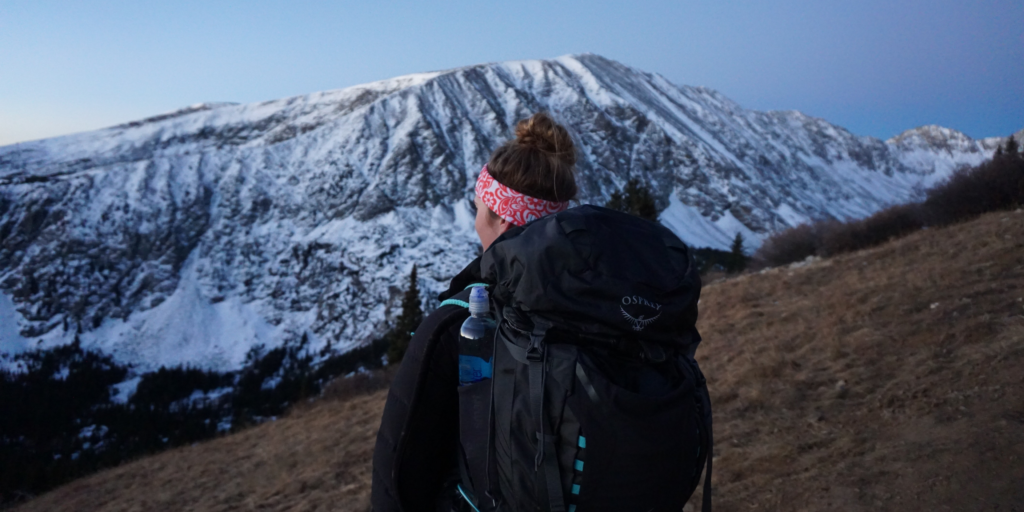
Disclosure: Some of the links in this post are affiliate links. If you choose to click on the links and purchase a product that I recommend, I will receive a small commission. I genuinely support and use the products linked in my posts. You are free to choose whether to purchase the products I recommend.
Layers
Wearing layers is the smartest way to hike in cold temperatures. Hiking is a calorie-burning exercise, so you’re bound to sweat on the trail. Taking layers off when the hike gets difficult is the best hiking hack to prevent your clothes from getting wet and risking frostbite. The effects of frostbite can occur in as little as 5 minutes in low temperatures with high wind chill, which results in the skin and tissues freezing. Wearing layers is the best way to monitor body temperature and adjust when needed.
Base Layer ↗
Start with a thin, moisture wicking base layer to keep sweat from sticking to your body. Merino wool is the best base layer option for winter hiking.
Mid Layer ↗
Add a thin, warm material such as fleece or wool on top of the base layer to trap your body heat.
Jacket ↗
A hooded jacket will insulate your previous layers and keep heat from escaping your body through your head.
Shell ↗
A waterproof outer shell protects you from harsher weather like strong winds and precipitation. Mountain weather is subject to rapid change, so packing a waterproof shell will allow your base layers to stay dry.
Sleeping Warm
When choosing a sleeping bag, the packaging provides a temperature rating which specifies the temperature in which it will keep you warm. To ensure warmth throughout the night in the wilderness, add at least 10 degrees to the rating on the sleeping bag package. For example, a 20°F temperature rating will keep you warm at the minimum of 30°F.
The best way to stay warm when camping in cold temperatures is to sleep in a single base layer. Although it may seem that more layers will provide more warmth in your tent, a single base layer is the best option. In your sleeping bag, wear a solo top and bottom layer, a pair of socks, and a hat. This single layer will allow the warmer parts of your body to release heat to travel to the colder parts of your body within the sack.
Another winter hiking hack to trap heat in your sleeping bag is warming your body before getting ready for bed. Do a quick bit of exercise before going to sleep like 10 jumping jacks or a light jog to get your blood flowing. This will warm your body up to trap more heat throughout the night.
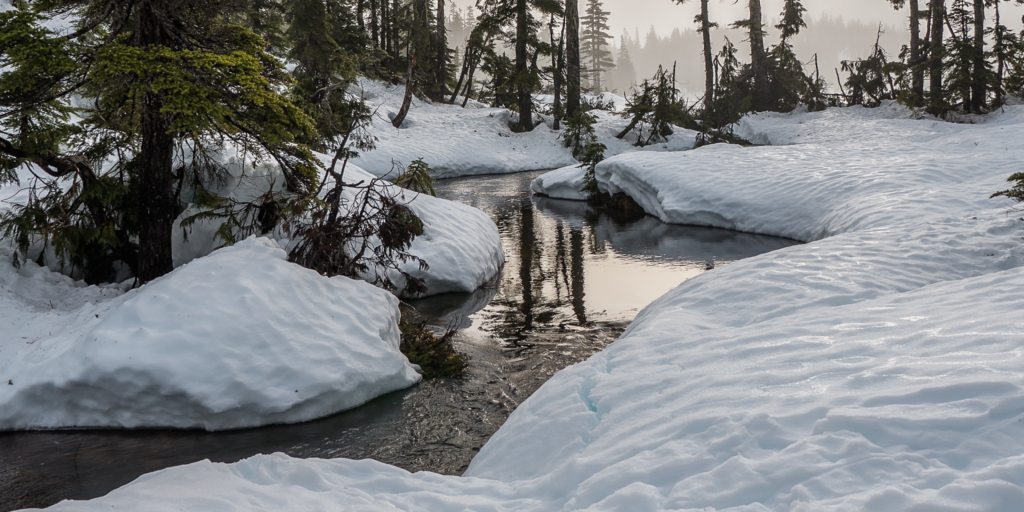
Insulation
When hiking in the winter, there are times you’ll be sitting and sleeping on a frozen, snow covered ground. When taking a break, sitting on the snow or cold ground will release heat from your body. This is especially important while sleeping as your body will be at rest for a long period of time. A hack to keep your body warm is to use insulation against the cold ground temperatures.
Sitting Pad ↗
When taking rest breaks on the hike, sit on a insulated pad to keep your butt from getting cold and letting heat escape your body.
Sleeping Pad ↗
An insulated sleeping pad will separate your body from the frozen ground and keep you warmer for longer when sleeping.
Hydration Hacks
Winter hiking is reported to burn more calories than other hikes. The colder air is beneficial to your immune system and overall health. Staying hydrated is crucial to keeping the body warm. Hypothermia is more likely to set in when a person is dehydrated.
However, when temperatures and winds drop below freezing, our hydration sources can be compromised. A good preventative measure is to pre-hydrate. Drink 1.5L-2L of water before hiking in the winter to prepare your body. Although this means you’ll have to stop for more bathroom breaks, being hydrated is the most important. Hiking hacks to prevent your water bottle from freezing on the trail include insulation, bottle selection, and position.
Insulation ↗
Packing warm water in an insulated sleeve will keep your water above freezing temperatures.
Wide Mouth Bottles ↗
Choosing a wide mouth bottle for winter hiking will lessen the chances of the bottle neck freezing. Smaller bottle necks have less surface area, and freeze faster.
Bottle position ↗
Placing your water bottle upside down is another preventative measure to keep your water accessible. Since water freezes from the top, this method will ensure access to drink.
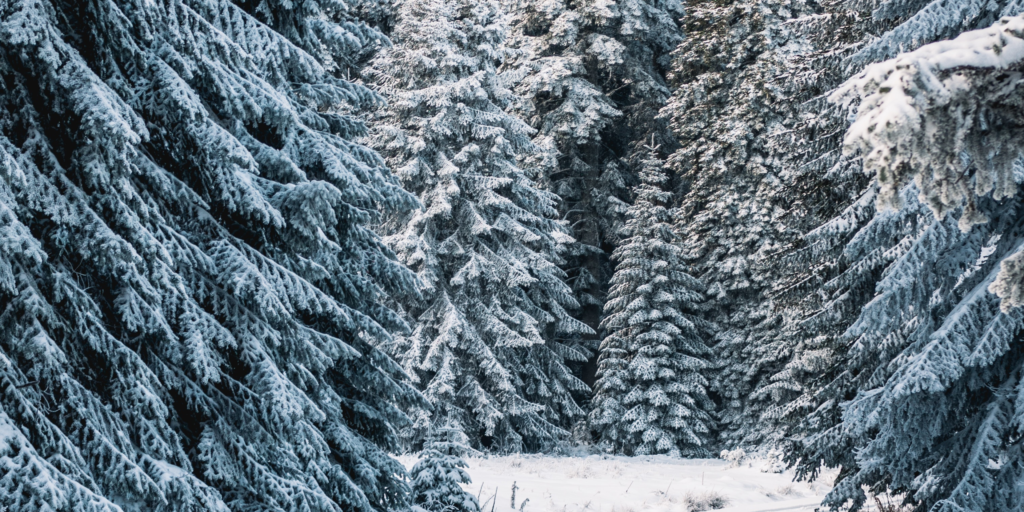
If you choose to camp on your winter hike, it is best to prevent your water bottle from freezing overnight.
Snow is a great insulator, so you can bury your insulated bottles under the snow and mark the spot for the morning!
A two-in-one winter hiking hack is to boil your water before bed, and use your water bottle for warmth throughout the night in your sleeping bag. This will keep you AND your water from freezing while you sleep.
Winter Apparel
Wearing the proper winter clothing on your hike is essential to stay safe and warm. Heat escapes the body primarily through the extremities including the feet, hands, and head. These are the first parts of the body to be at risk of hypothermia. A hat, gloves, and proper boots are a must-have for your winter hiking adventure.
Hat ↗
A beanie has two crucial purposes on a winter hike. First, a wool material hat will prevent heat from escaping the body. Second, a beanie covers the ears which are susceptible to frostbite.
Gloves ↗
Layering gloves is a great way to insulate as much heat as possible in the hands. Typically a glove liner and a thick, insulated glove or mitten will keep your hands warm and dry.
Boots ↗
Waterproof, insulated boots are key to keeping your feet safe when hiking. Layering two thin pairs of wool socks in your boots will keep your feet warm and dry.
Since hiking is exercise, the body sweats as calories are burned. Sweating in the winter can be dangerous as having wet skin in freezing temperatures increases the risk of hypothermia. A hack to prevent your feet and hands from sweating on a winter hike is to apply an antiperspirant spray under your socks and gloves.
Bonus Tip: Temperatures do NOT have to be below freezing to result in frostbite. Be sure to use caution when hiking as frostbite can occur from multiple sources including water and winds. Protect your head, hands, and toes from cold temperatures by wearing proper outdoor apparel.
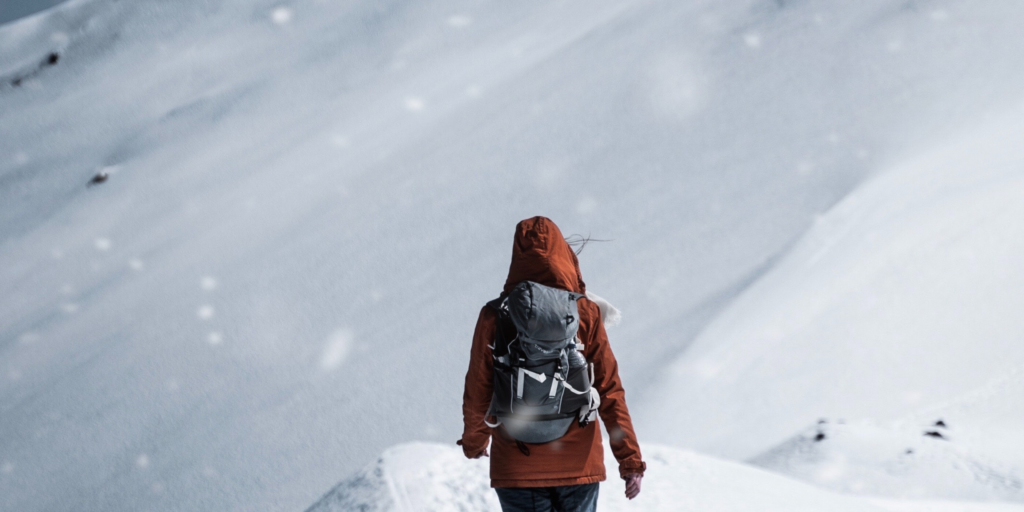
Summit Weather Gear
When hiking in the winter, the summit can be treacherous. At higher elevations, the weather after the tree line consists of mostly wind, snow, and ice. Three hiking tips and hacks for summiting mountains in the winter include a neck gaiter, ski goggles, and snowshoes.
Neck Gaiter ↗
A neck gaiter is beneficial throughout the entire hike to keep precipitation from getting into your jacket, and keeping your neck warm. At the summit, it can be used to protect your face from ice and wind.
Ski Goggles ↗
Especially when approaching the summit, the winds can be rude and painful. Ski goggles prevent ice and snow from blowing into your eyes at high speeds.
Snowshoes ↗
Snowshoes are multi-beneficial on a winter hike. This piece of gear increases the surface area of your foot preventing it from sinking into the snow. This is a hack to keep your feet dry and warm.
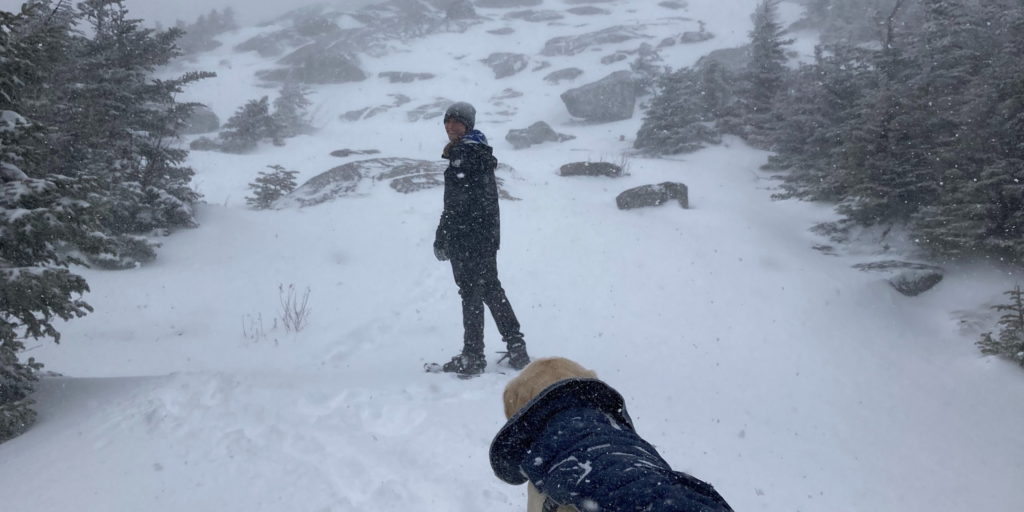
Winter Hiking Preparation Hacks
It is extremely important to prepare for a winter hiking trip prior to setting out on the trail. Winter weather can be harsh, and dangerous at times. Especially at higher elevations, temperatures can drop well below freezing and storms can rapidly emerge. Use these hacks to prepare for your winter hiking adventure.
Shorter Days ↗
The winter months call for less sunlight per day. When preparing for your hike, be sure to account for the amount of light you’ll have each day before sunset.
Food ↗
Hiking in the winter burns for calories, so be sure to pack enough food to keep your energy high. Frozen meals are a great hiking hack during this time of year. Keep all other food insulated to prevent freezing.
Safety ↗
Winter hikes can be fun and rewarding, but cold weather is no joke. Be sure to monitor and plan for the weather before you set out on the trail, and notify someone of your itinerary.
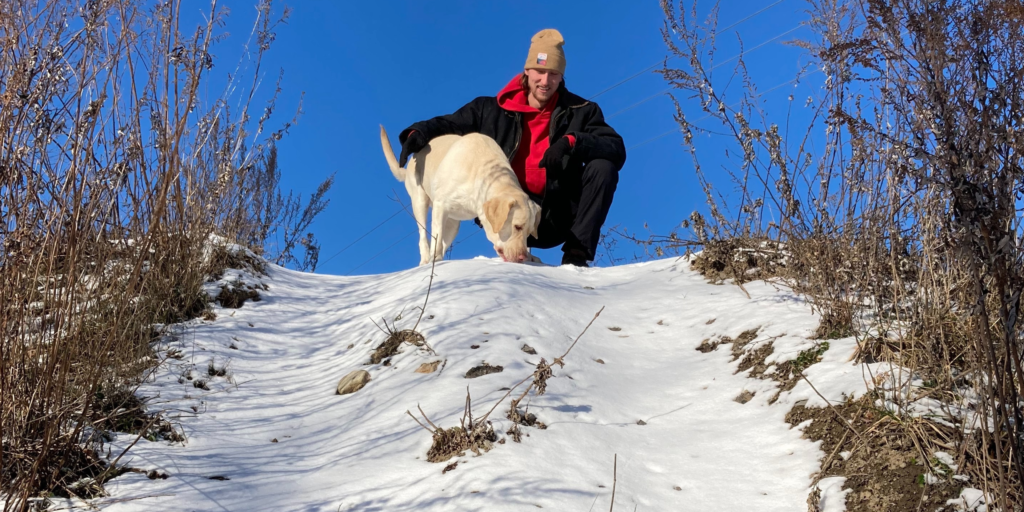
Enjoy The Season
Winter is one of the most beautiful times of year to go on a hike. The views are pure and white, and you experience beautiful untouched parts of nature after a fresh snow. Although a winter hike may be intimidating, it is possible and worth the extra effort! Conducting proper research ensures a safe and fun adventure in nature. These winter hiking hacks provide you with inside information from experience that will definitely make your winter hike warmer and more enjoyable!
As always, I’d love to hear your feedback! Leave a comment with your favorite hiking hacks, or something you plan to try on your next adventure.

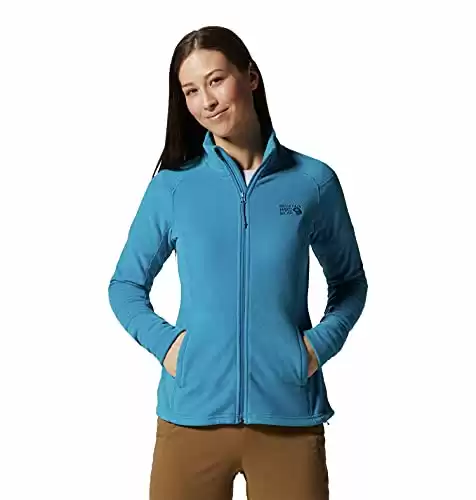
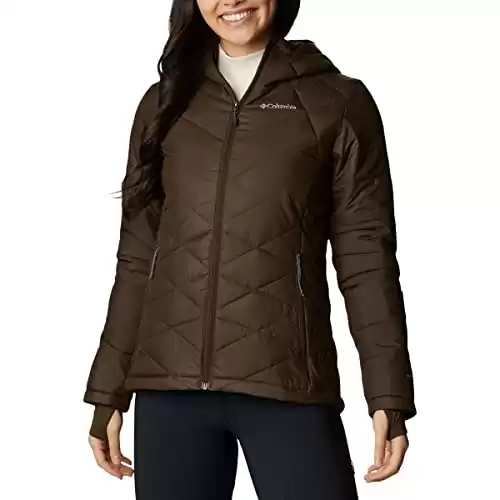
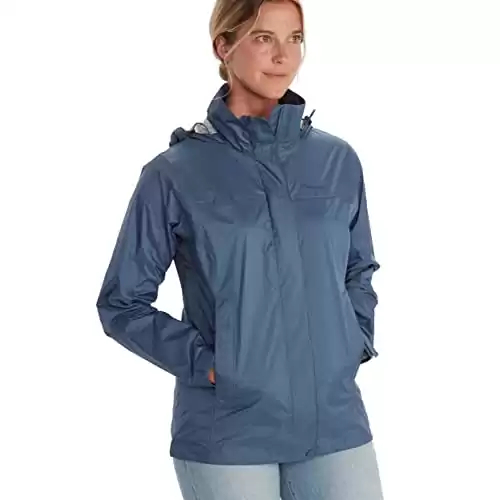
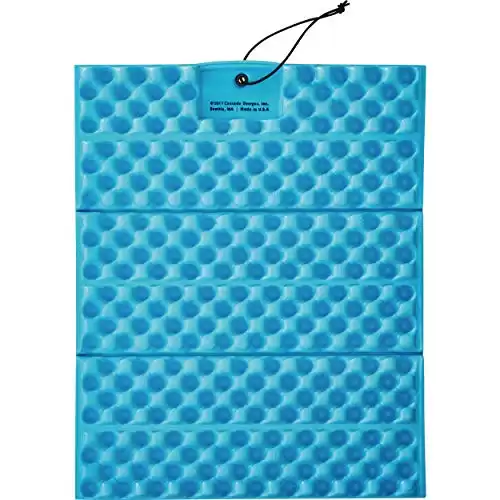
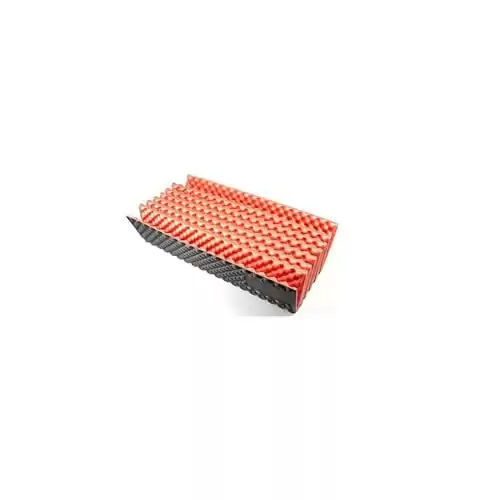
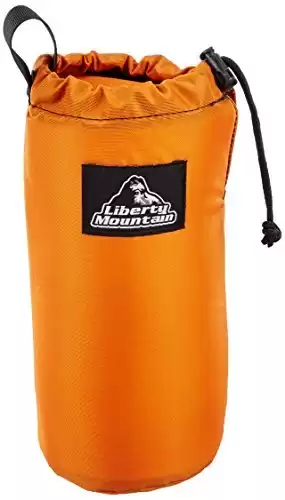
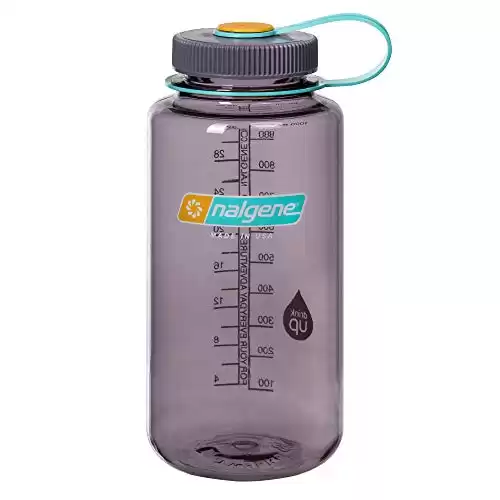
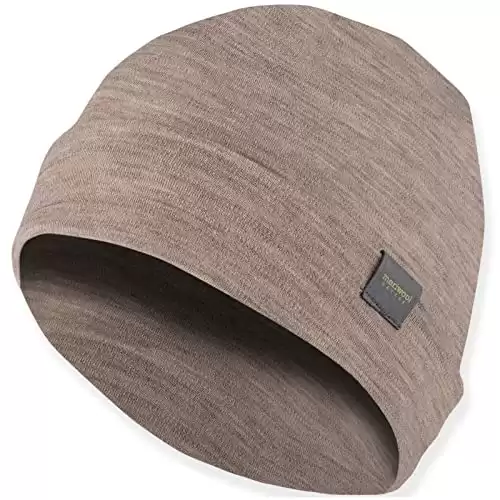
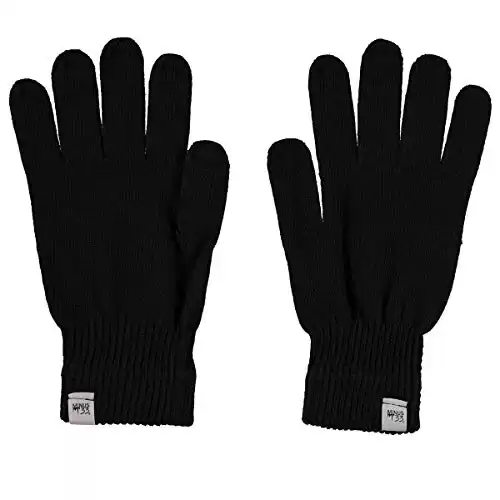
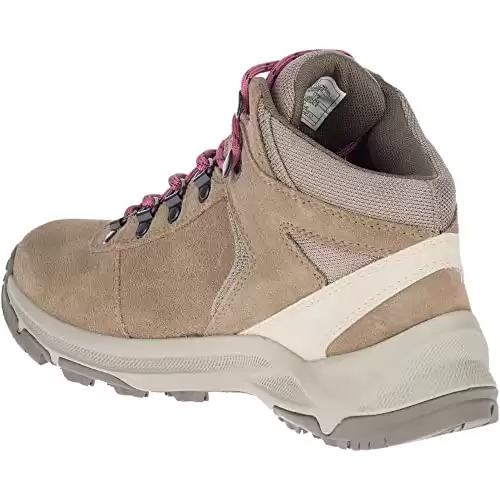

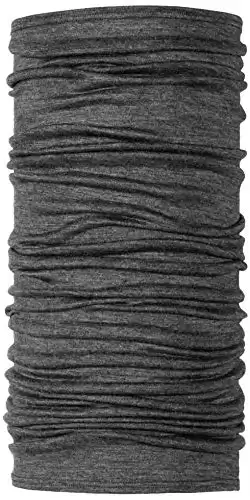
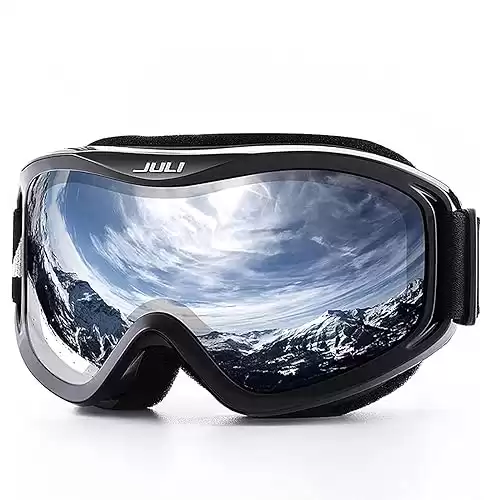
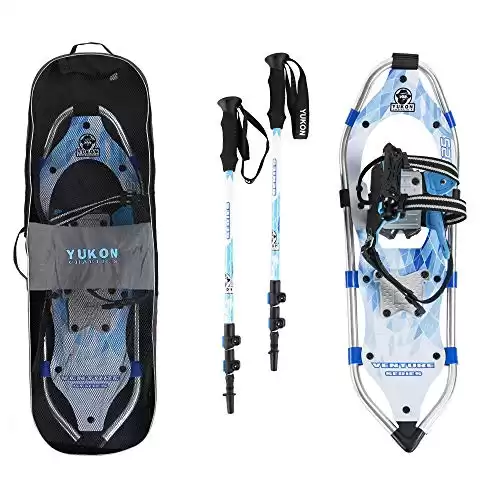


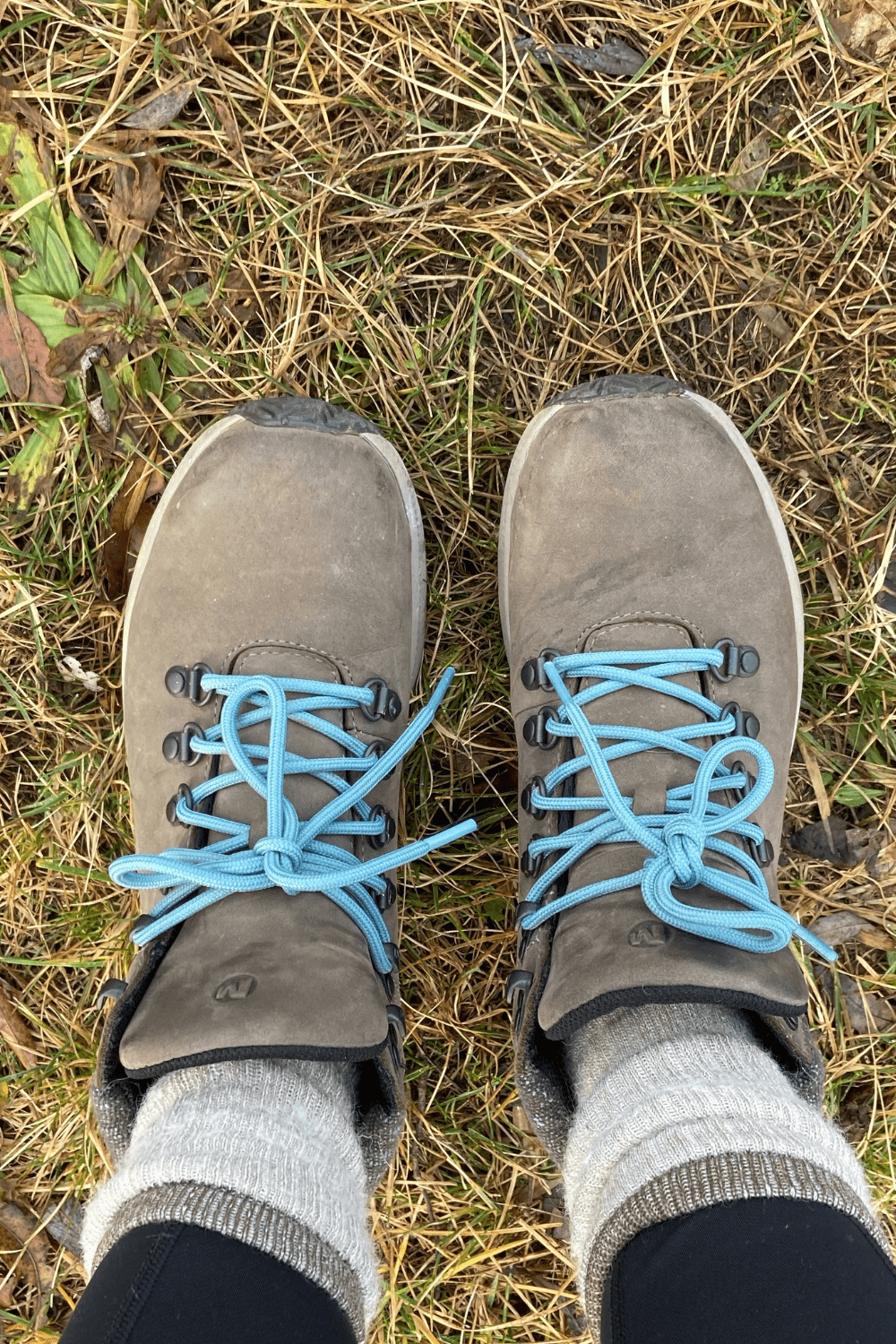



Leave a Reply